It is believed, what has elapsed may have
gone forever. Not always. Some experiences and encounters do not wither away.
They tend to leave a mark in the corner of mind, so much so, that a passing
reference or a remote mention may remind. It may evoke fresh thoughts. One may,
therefore, not resist the temptation to go down the memory lane.
To
prove my point, a recent feature in ‘India Perspectives’ about the annual
immersion of idols of Goddess Durga in the Ichchamati River along the
Indo-Bangla border is what I wish to mention. Avid description together with
lovely coloured photographs of the event distinctly reminded me of my
unforgettable one month stay in April-May, 2009 at Taki as E.C.I. Observer. It
is situated at a distance of 95 kms from Kolkata in the North 24 Parganas District
(Sundarbans area) of West Bengal.
One had heard a lot about the co-operation and
camaraderie between the people of two countries on the occasion of this last act of Durga Puja. Seeing the same, however,
through the lovely photos was a different ball game. Though the photos showed
the river as a beautiful one, in reality it is not so due to its brackish water
and same is unfit for drinking, bathing or for breeding of fish. According to
local belief, its proximity to sea (Bay of Bengal) led to such adverse effects.
It was not a smooth affair either to enjoy a boat ride owing to two factors: a
non-demarcated riverine border prompted firings from Bangladesh Rifles every
now and then and one would also get trapped in the Charrs. Latter is a phenomenon in which accumulation of sand takes
place for a few days in the middle of river due to low tide.
Whenever I was free from my official charter,
I could candidly and confidentally observe the traditions, colours and emotions
in the vast village. Its proximity, however, to Bashirhat, the subdivisional
headquarter (Dist. H Q being Barasat) did not have noticeable impact on the
economic condition or the educational awareness of the villagers. Majority of
them were, nevertheless, loyal to the ruling left party.
Taki
had a number of Zamindar houses. Once a centre of traditional power and
influence, they present a different tale now. Most of them being deserted, were
looked after, if not maintained by the part-time caretakers or the ever shrewd
share-croppers. One of the prominent ones about which one was informed,
belonged to Gen. Shanker Roychaudhary, the popular ex-Army Chief.
Going
for long morning walks in the pollution free atmosphere of the village was both
a fun and a learning experience. I would be immediately spotted as an outsider
whenever I ventured to go. My questions pertaining to the economy and society
of the village would be promptly replied to by the villagers who had plenty of
time at their disposal. Clear weather at this time of the year would provide
excellent photo opportunities of the rising sun and river front . Taking an
evening stroll on the embankment of the River Ichchamati by getting a glimpse
of the border villages of Bangladesh also would be a pleasant experience.
Interacting with Sikh and Jat Jawans of the BSF would add to my knowledge of
the border areas, initially acquired during my association with Indo-Pak border
affairs while working as a Director in MHA. The Jawans would be too eager to
extend an invitation to their BOP’s. Sometimes, I would oblige.
The
easily available ‘Van Rickshaws’ were an integral part of life and times of
Taki. These were not to be missed. For commuting within the village, going to
nearest town, market, hospital or for accessing remote areas of the Sunderbans,
one invariably needed them. Even without a back support, this slow moving means
of transport would be both useful and comfortable.
Another
characteristic feature was ‘Saundesh’ a very rich, tasty, tempting and popular
sweet. A pure milk product of fairly high quality, it was mostly served in bulk
(minimum four in a plate) as a desert subsequent to elaborate non-veg. meals.
Both Saundesh and ‘Tiffin’ (twice a day) were considered sacrosanct. The area,
keeping in view the consumption pattern, too had remarkable pisciculture
activities. Novel ways of preventing theft of Prawn and Hilsa at night were
noted in hamlet after hamlet. Despite
this the villagers did not look prosperous from any angle.
Like
any other part of rural India, women of the village retained a low status. Though they would be mostly confined to their
small thatched dwelling units, for the purpose of bath they would venture out.
Mostly they would slip into one of the several ponds ( some being very dirty)
either alone or in group and spend a sizeable time in true ‘Gopi’ style. As if
this was not enough, they would next soak their bodies under a road side tap in
full public view. This was their unique way of relaxation and exploring
pleasure. No one would stare at them. In good old days, it was gathered that
even top-less bath not only would take place but same was also not frowned
upon.
The cultural
cum religious gatherings by the Hindus, more so, in the post-dinner period were
a regular feature. These impressive congregations would be well attended.
Muslims would not lag behind by convening a kind of Tabliq-Jamaat once again
after majority of the villagers had gone to sleep. Despite my inclination, I
could not witness any of such events. It will be a matter of regret.
Smuggling
of cattle being a rampant activity was always heard of. Irrespective of Police vigil,
the smugglers having an all India network will have a last laugh. They would
make four-five times more profit by pushing cattle in live or dead form to
Bangladesh. Reportedly, from there, these consignments would be dispatched to
Saudi Arabia and other parts of Middle East. Mostly this will happen between
two and four a.m, upon exchange of code word and signals through torchlight or
mobile. The fellows wearing only underwears and being well oiled, will be very
swift in their operations. It was also a prerequisite to excel in swimming. Last
named ability was a must as this would serve them well in case they were
required to jump into river or pond while being fired upon by the BSF or the
local Police, subsequent to an interception. No villager ever would divulge any
clue about the nefarious activities. Reasons were well understood.
. The enchanting Geographical setting of the
area has attracted authors, artists and film makers every now and then. Amitabh
Ghosh, the reputed Bengali and English novelist is reported to have stayed in
one of many small islands to write a full length novel which won him accolades
all over the world. One should also not forget the film Amanush in which Uttam
Kumar, Sharmila Tagore and Utpal Dutt played remarkable leading roles. The
songs and the meticulous care taken by the Director went on to depict the
nuances of the Sundarbans village life, guided both by the bounties and perils
of water.
A visit to the coastal belt of the South 24
Parganas after finishing my Poll duty was equally memorable. Light blue colour
of the Sea and slow walk very close to thick Mangroves were both exciting and unusual.
Sighting the Royal Bengal Tiger in a hectic schedule was completely out of
question. Same required days of camping. When the video camera failed owing to
the battery complications, static photography came to our rescue. It
reestablished my faith in time trusted, yet ‘slow’ apparatus.


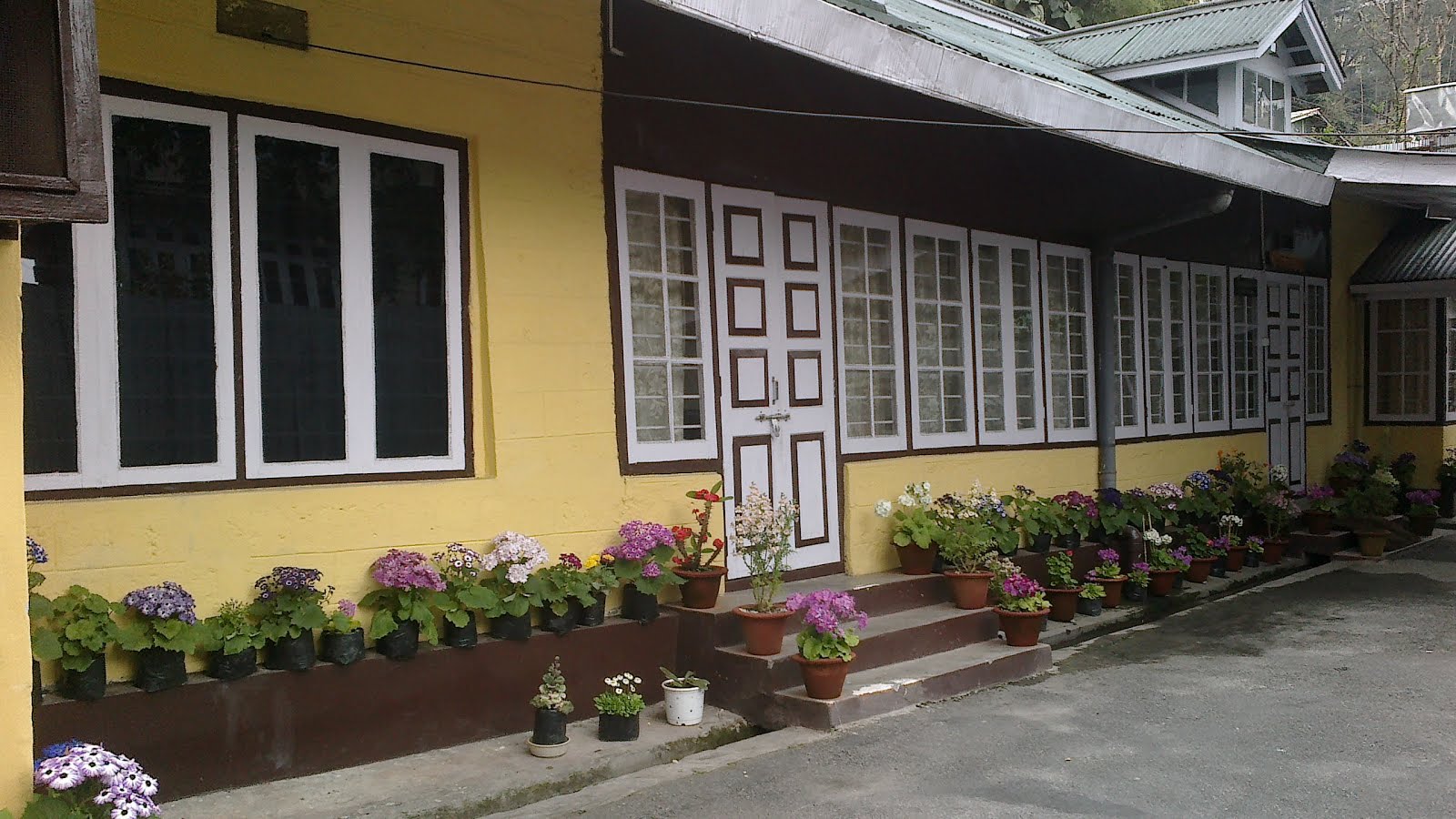







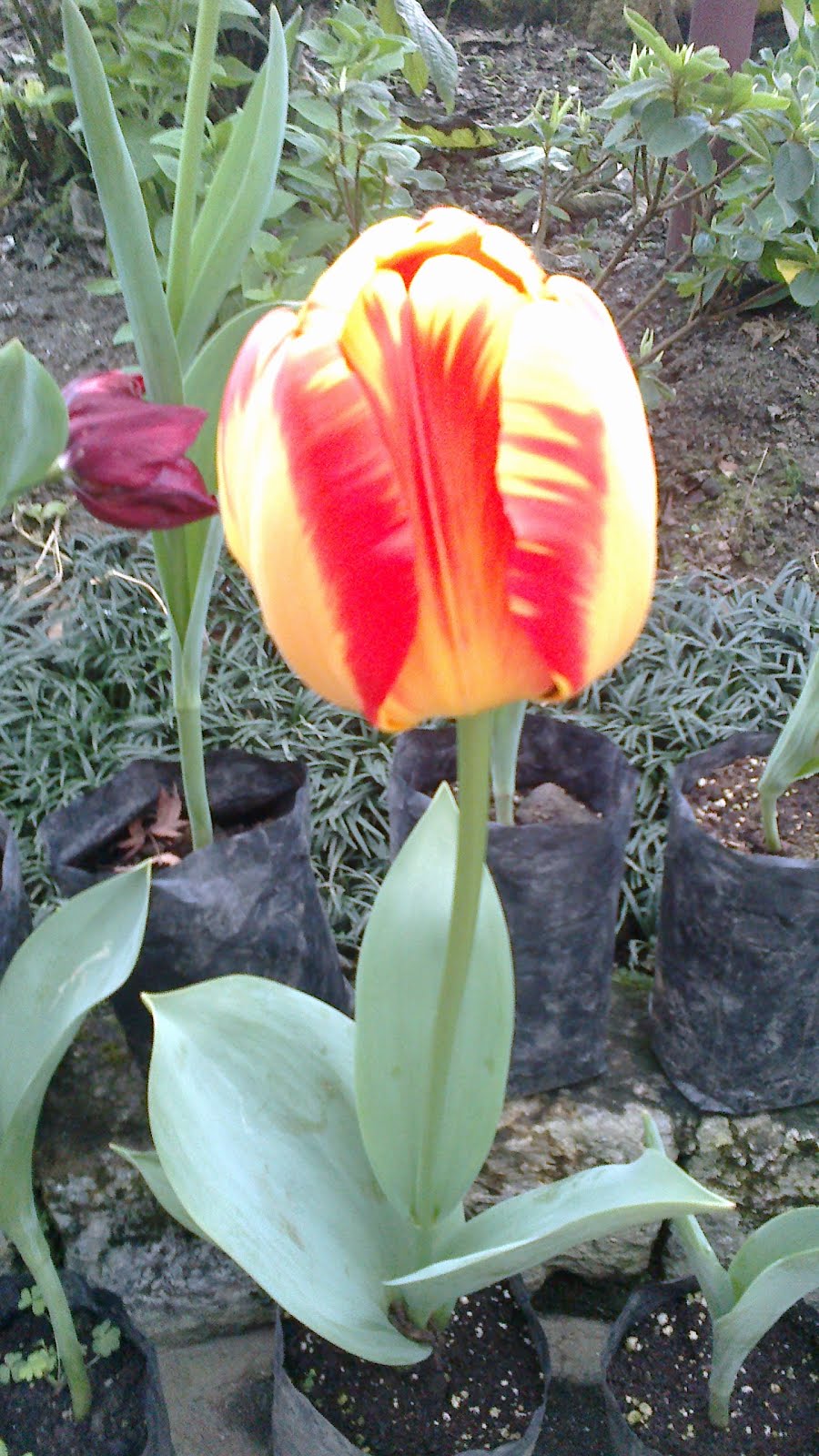
















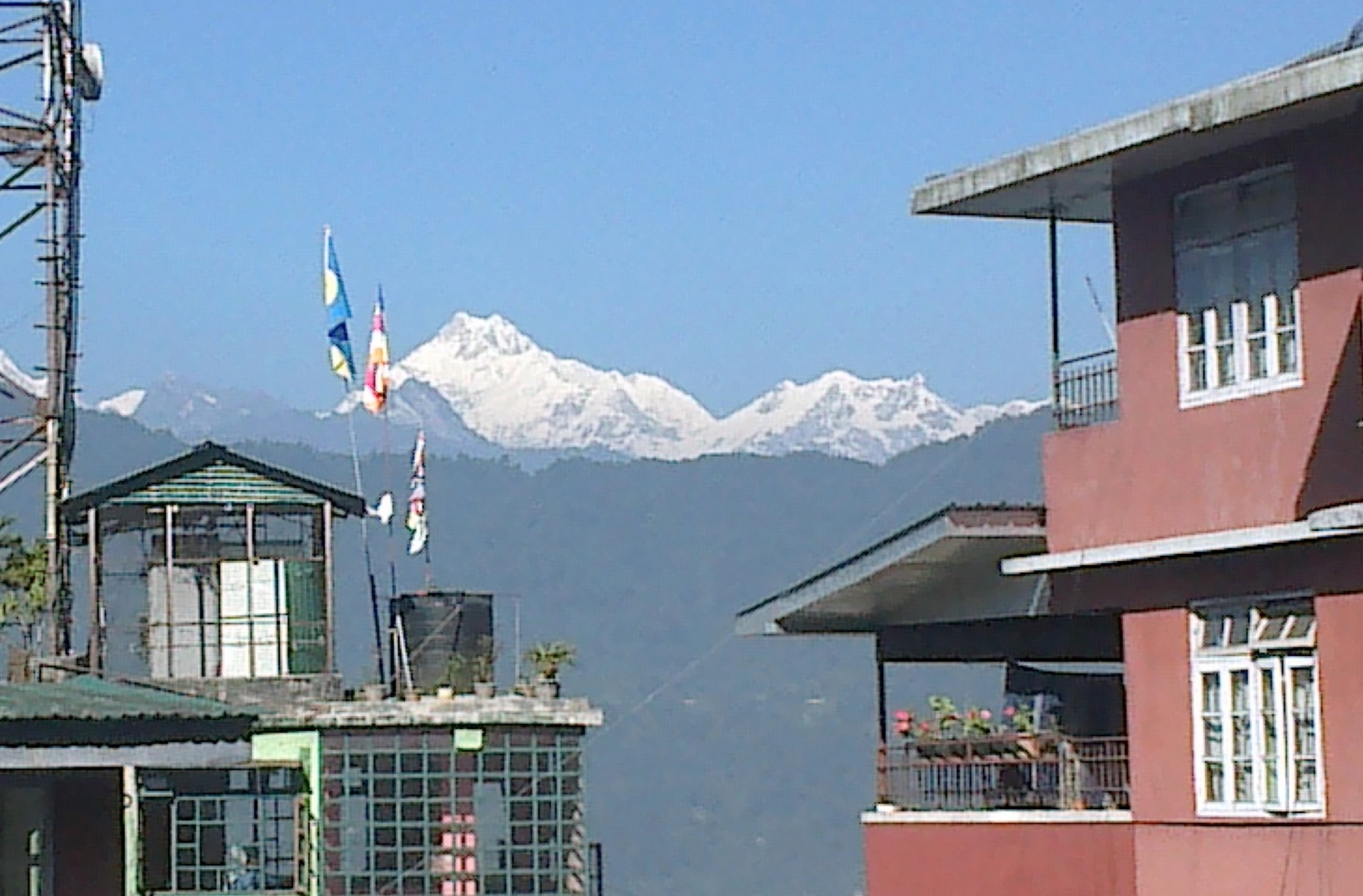


























































































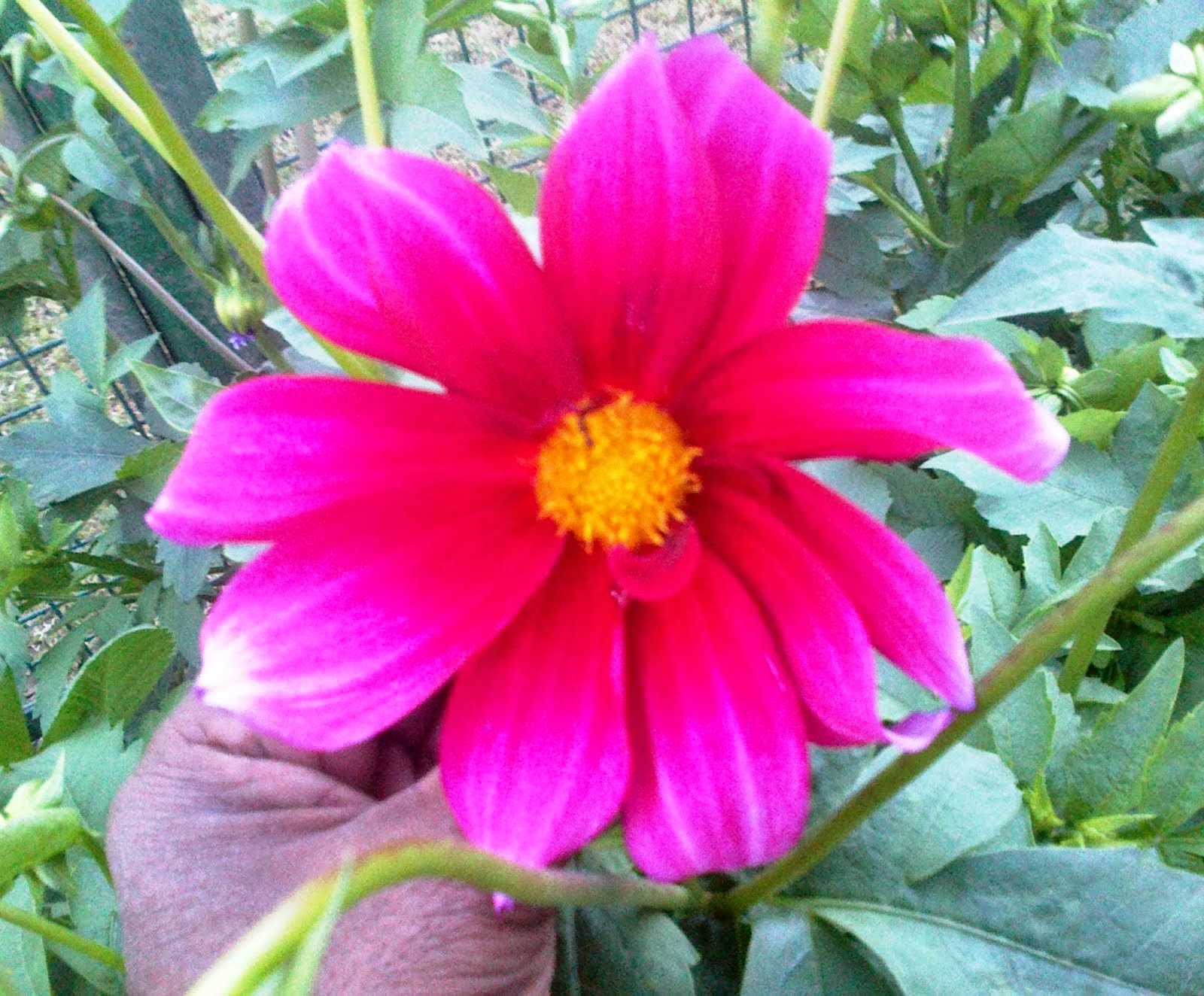



















































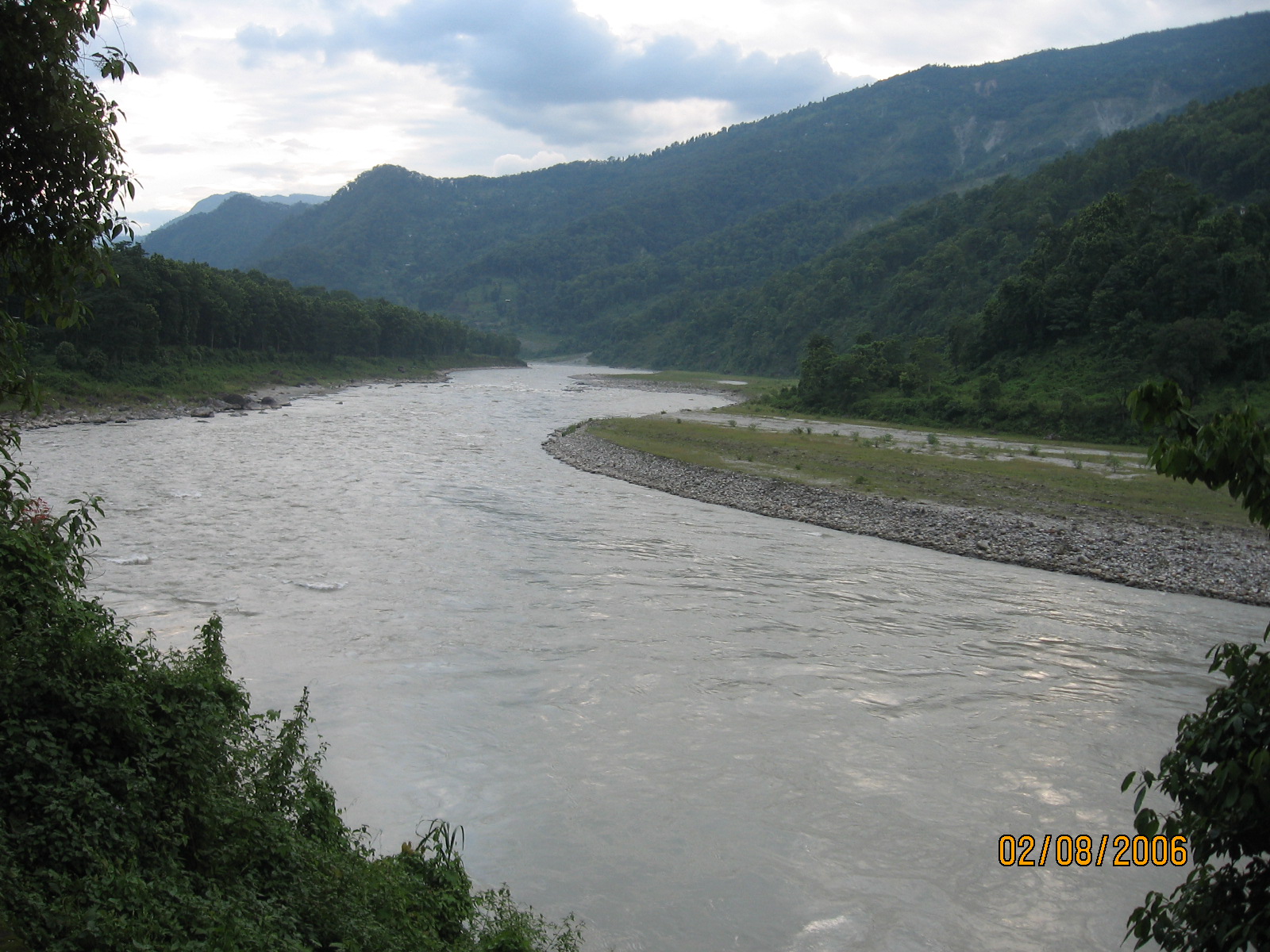

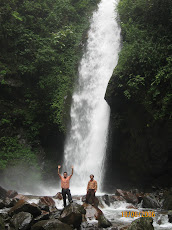
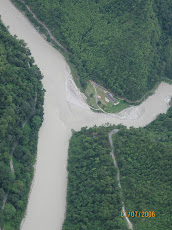
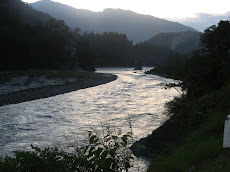
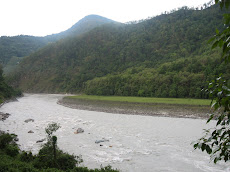
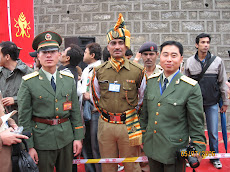
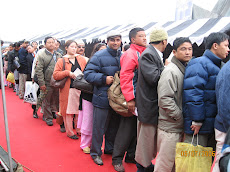
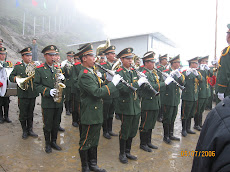


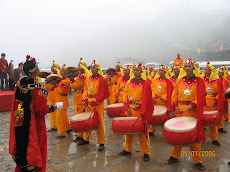
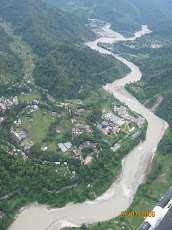




















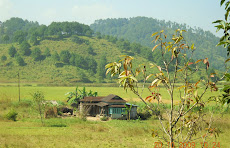
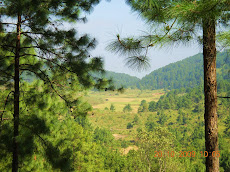








.jpg)







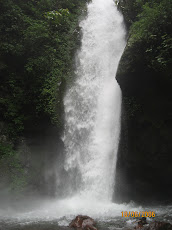
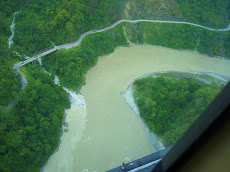


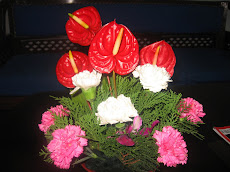





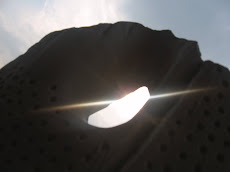
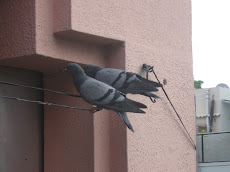
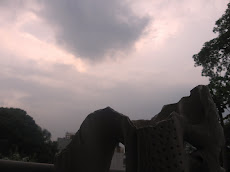
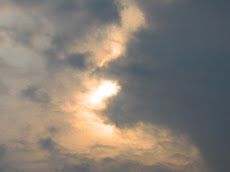
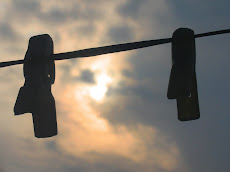
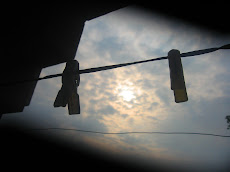

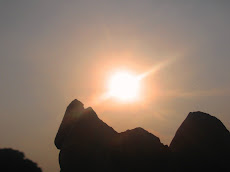
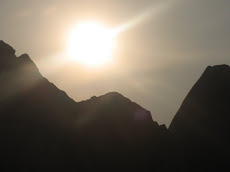
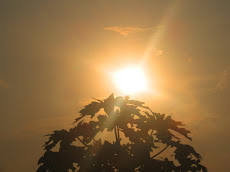


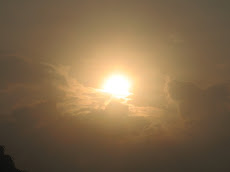

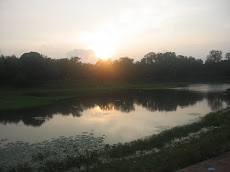
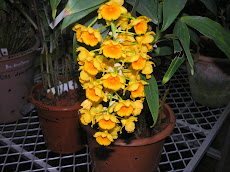
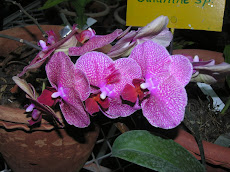

























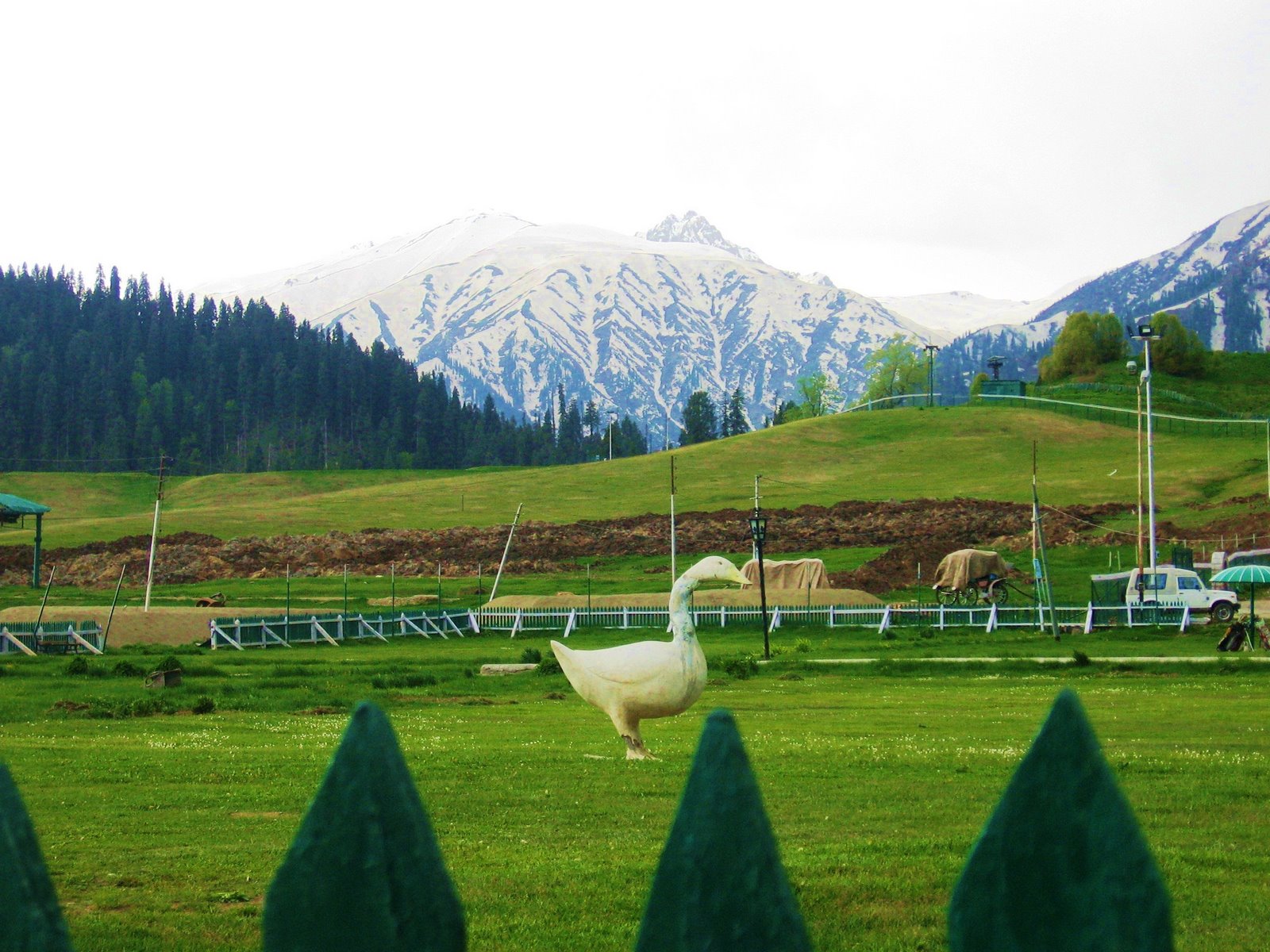
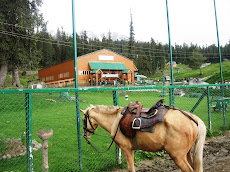
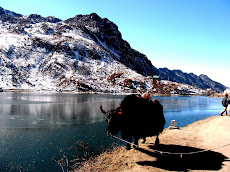






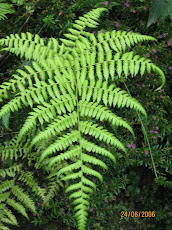

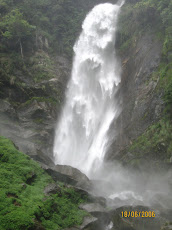



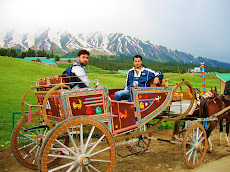






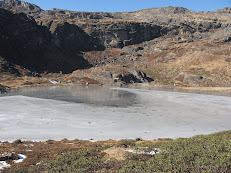

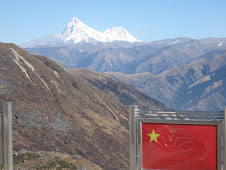



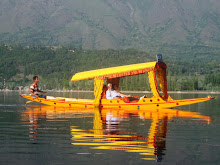
No comments:
Post a Comment